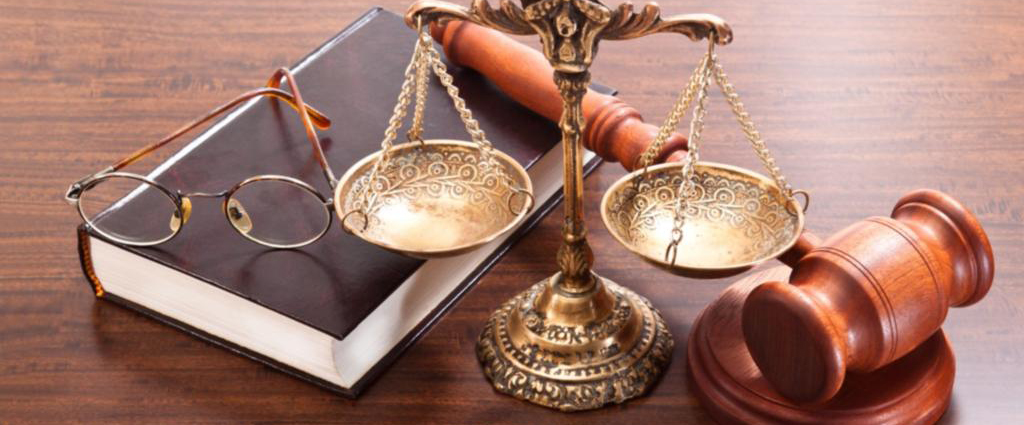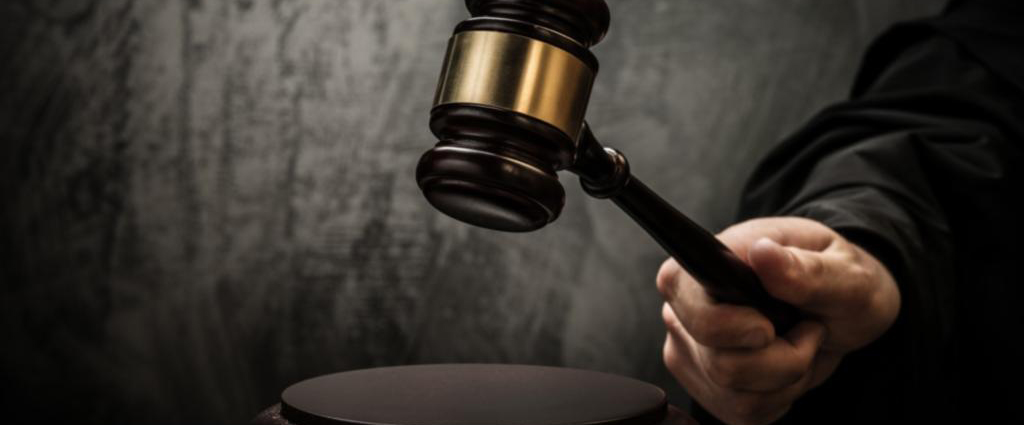Is it the right idea to use or duplicate someone else’s creative work without his or her consent? From the ethical and legal perspective, it is not the best practice. The pirating question undergoes long and thoughtful debates. But to understand how to act in this or that situation, it is relevant to grasp the principle difference between two notions: plagiarism and copyright infringement. These distinct concepts can occur simultaneously, as well as you can plagiarize without violating copyright or vice versa.
Copyright infringement explained

To begin with, one can infringe the license of a copyright holder for work presented in any format, not just fixed in writing. As described in “Step-by-step introduction to the copyright registration“, copyright grants legal protection and exclusive rights to:
- Reproduce and duplicate created work.
- Distribute and display it in public.
- Perform the creative output publicly.
- Develop derivative works.
Copyright infringement is the violation of these rights, the appliance of the creation without author’s permission. Penalties are regulated by federal and, depending on individual cases, by state law.
How can you avoid it? Actually, there are many ways of using copyrighted material without running into the legal trouble. First and foremost, you can receive author’s permission. There are also statutory exceptions, like Fair Use, when you can adopt the copyrighted material for certain purposes without acquiring author’s approval. If there are license terms for the creation you’d like to take on, simply follow the instructions.
Plagiarism explained
Plagiarism can emerge in any sphere, but for the most part, it deals with academic writing and journalism. The definition itself states that plagiarism occurs when you take another’s work, whether these are ideas, words, music, pictures, and present it as your own.
It happens right along and there are very strict ethical regulations in the industries that want to avoid this trespass. After all, there are those who have even lost their jobs because of plagiarism and not to make one of them, credit the source, use quotation marks and ellipses when you summarize, paraphrase or provide other’s words in your work.
Plagiarism vs Copyright Infringement

Plagiarism and copyright infringement come together and can harm your IP strategy, but the essential difference is hidden at the heart and in the outcome of these notions. Let’s study some examples.
If you use a paragraph from the work published in 1912, without citing the source or acknowledging the author, this is plagiarism, because you presented borrowed work as your own, but not a copyright infringement, as the protection has expired and the work went to the public domain.
It will be neither copyright infringement nor plagiarism if you include several quotes from an article into your research report, identifying third-party material and using quotation marks, because short quotes in research fall within the scope of Fair Use.
To sum up, here are some key distinctions:
- Plagiarism takes place when a person uses others’ creative output without proper citing and references, issues this work as the one created by himself. Copyright infringement is an unauthorized adoption of the copyrighted intellectual property.
- Copyright infringement can only relate to the copyright owner, even if he is not the initial composer. Plagiarism in its turn is the direct breach of creator’s rights, regardless of the actual legal rights owner.
- There are numerous tools that allow detecting plagiarism, whereas copyright infringement can be based on the indirect evidence only. The last will lead to legal implications and plagiarist will face organization specific penalties.
- Copyright infringement is a crime when plagiarism is not covered by legal regulations and is a subject to person’s morals and ethics or organization norms.
- The creative output must be guarded by the copyright to establish the corresponding infringement claim, whereas plagiarism can happen to any, not necessarily copyrighted work.
- To avoid the copyright infringement you should get an acknowledgment from the copyright keeper, and if you aim to avoid plagiarism, use suitable formatting styles and credit the initial source in your work.

Though these concepts do have a lot in common, they are far from the same. Different “victims” will suffer these violations, as well as different constructs lie at the heart of copyright breach and plagiarism. With the groundbreaking social media rise it is a piece of cake to elicit a fact of one or both breaches. That said, for any creative professional it is essential to know the fundamental differences in order not to trespass this legal or ethic line and avoid IP mistakes every startup may face.

